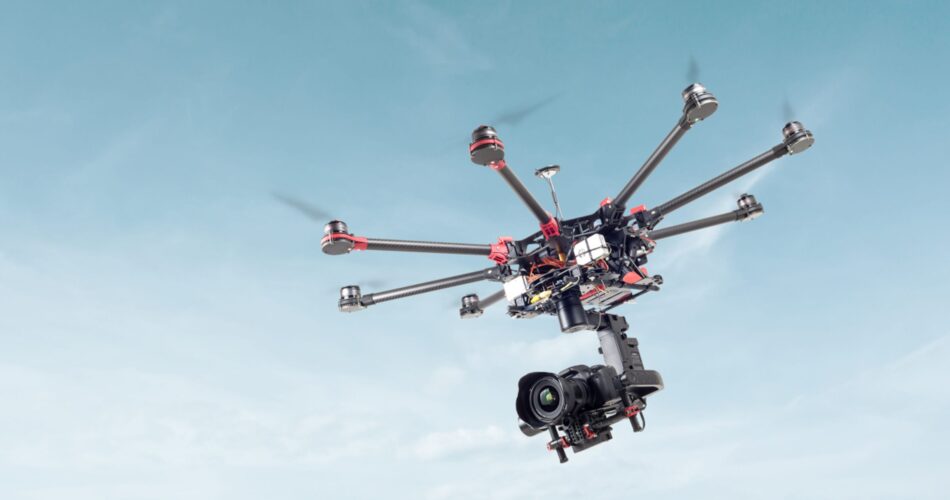
If you’ve ever seen someone else’s footage captured with the same drone you own and wondered “how does it look so good?”, there’s a good chance it was made with a drone camera filter attached. Here’s why you should use them too.
How Does a Lens Filter Work?
A filter is essentially a layer of special material in a holder designed to fit over the lens of your drone’s camera. Light passes through the filter material before entering the lens, modifying it in some way. Some filters change the amount of light entering the camera and some change the type of light allowed to pass. Filters can also change the optical properties of your drone camera, such as changing the lens angle or zoom level.
Why Use Lens Filters With a Drone?

Each filter has a different job and is used for certain conditions and desired image outcomes. Filters are used in all types of photography and essentially they let you extend the capabilities of your camera’s lens, shutter, and sensor outside of their normal range of abilities. This is especially useful for drones, where most consumer drones don’t have swappable cameras and lens modules.
Depending on where you’re flying, the time of day or year, your subject matter, and more, you’ll need filters to make sure you capture the best photo or video.
What Types of Filters Do Drones Use?
There are many different filter options, some of which are common and others that are more left of field. For drone photography and videography there are three common filter types you should know about:
- Ultraviolet (UV) Filters
- Neutral Density (ND) Filters
- Circular Polarizing Filters
UV filters reduce the amount of UV light entering your camera, which can create a more hazy image. UV light becomes a bigger problem at higher altitudes and a UV filter can clean up the image in those cases.
ND filters reduce the total amount of light entering your drone’s camera, without altering the image in other ways, such as distorting the colors. They are used in still photography to allow for longer exposures, but when it comes to drones they are most popular for video.
When you’re filming in very bright conditions, you usually have to use a faster shutter speed setting on your camera to avoid over-exposing each frame. Unfortunately higher shutter speeds also result in choppy motion that doesn’t look at all cinematic. By using the right ND filter, your camera can stick to a slower shutter speed and you can have great cinematic motion and correct exposure.
Circular polarizing filters (CPL) filter out light reflected from horizontal surfaces such as a wet road, a lake, or snow. It also cuts glare from shiny surfaces such as the metal bodies of cars. Polarizing filters also deepen the blueness of the sky and can help you see below the surface of the water, making it possible to see animals and objects from above.
You can also get filters that combine multiple filter types, such as the PolarPro Vivid Filter Collection for the Mavic 2 Pro. These filters combine UV filtering, ND, and polarization into a single element.
Filter Caveats
The main downside of attaching a filter to your drone is that if you’ve used the wrong one or if conditions change, you’ll have to land to change your setup.
Someone shooting with a handheld camera can quickly change or adjust their filter as needed, but that’s not possible when your camera is half a mile away up in the sky. While you can try to estimate whether you’re happy with a filter on the ground, it will take some experience and practice to compensate for conditions in flight from the ground.
It can be helpful to take your first flight without a filter to get a baseline and then attach the filter (or stacked filters) you think you’ll need to improve the picture.
What About Color Grading?
Color grading is the practice of adjusting the color and brightness of a photo or video after recording it. It’s standard practice, and all professional footage is color graded. Many drones can take “raw” photos or film footage that has a flat color profile so that it can be graded later.
You may think that you can do what a filter does by simply grading the footage after the fact, but color grading can’t make up for overexposure or incorrect shutter speeds. The information needed can’t be recovered from the file because the camera could not capture it in the first place.
If you’re even semi-serious about drone photography or videography, you should invest in a filter kit for your model of drone. It’s the most effective way to get those perfectly exposed, cinematic shots.
Source link




